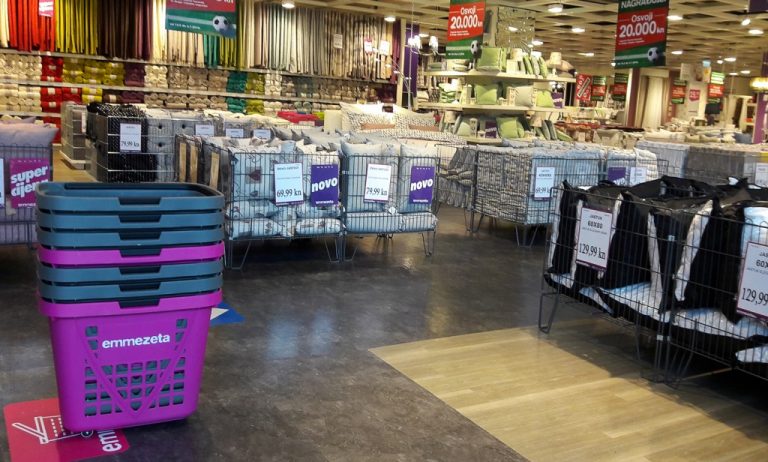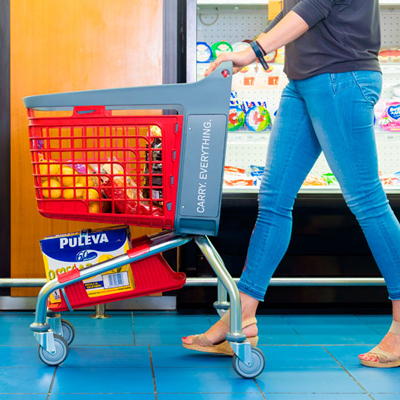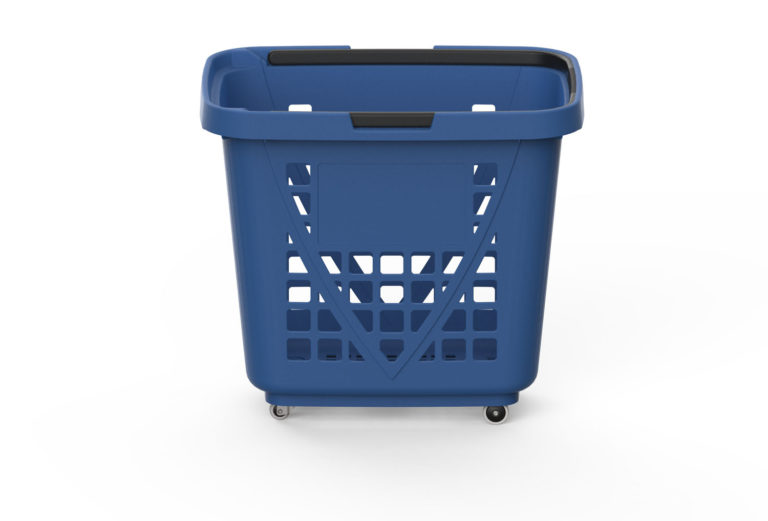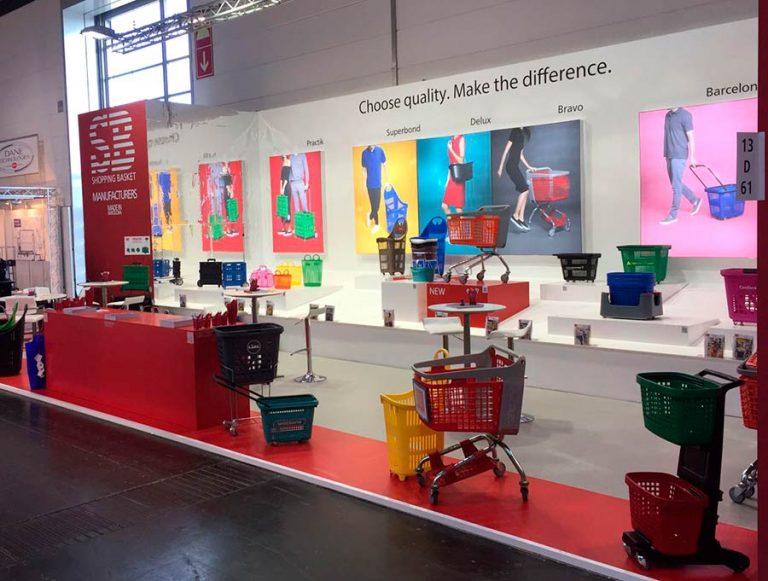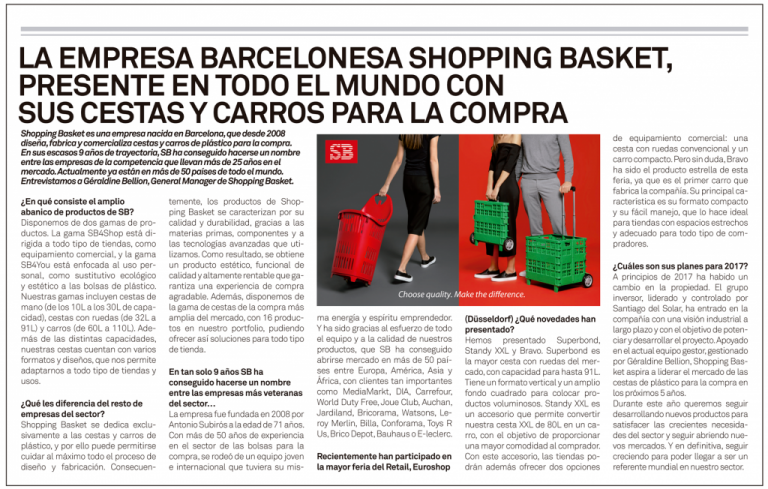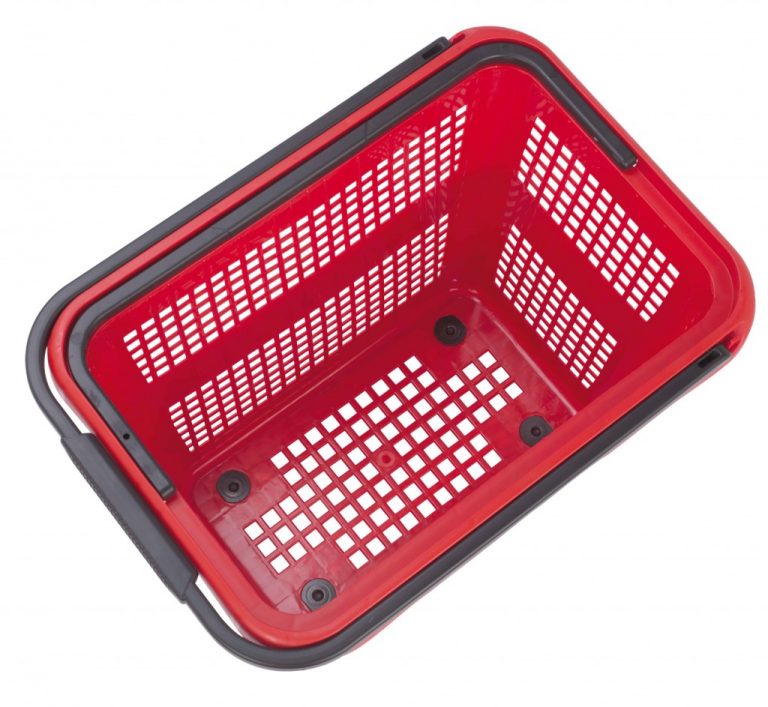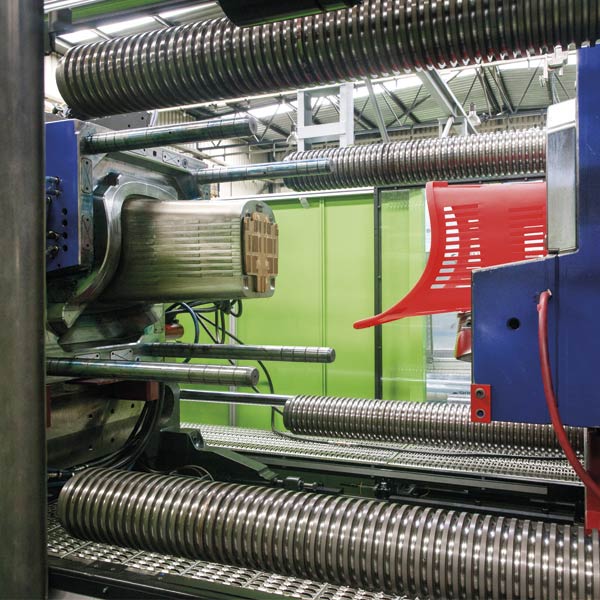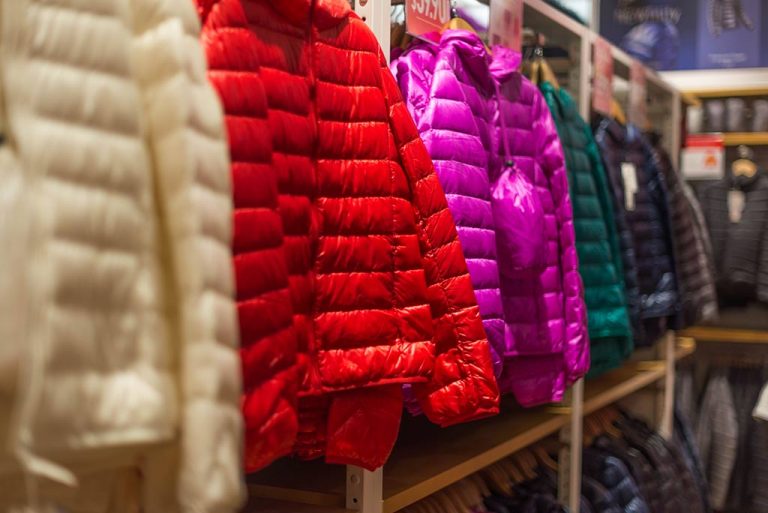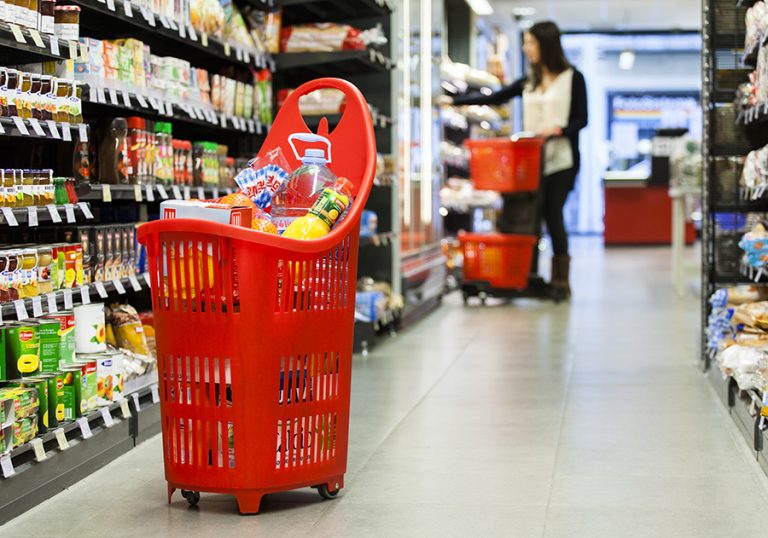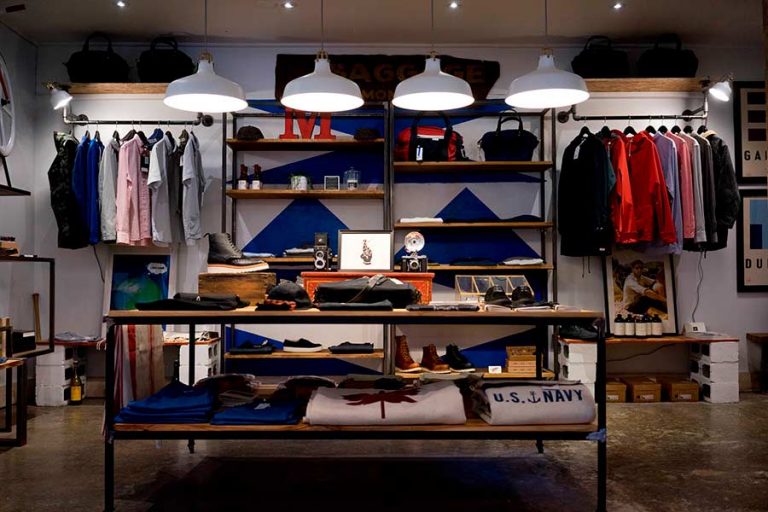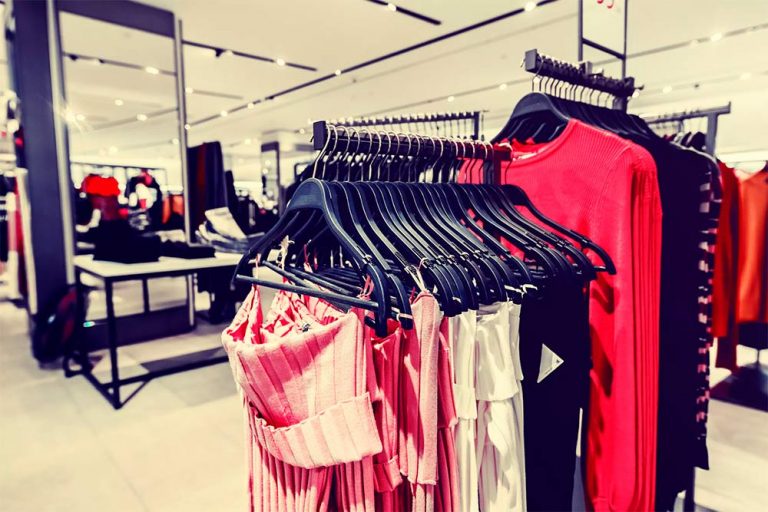Digitalization, technological innovation, and changing consumer habits have given rise to a new paradigm: hybrid retail. This concept, which merges the best of physical and digital commerce, has become a key trend for stores aiming to adapt to an ever-evolving market.
In today’s Shopping Basket article, we’ll explore what this trend entails, its benefits, and how it can enhance the customer experience.
What is Hybrid Retail?
Hybrid retail refers to the integration of physical store channels with e-commerce. Instead of treating these platforms as separate environments, this model combines them to provide a seamless experience for the consumer. In this approach, customers can interact with a store both physically and virtually, choosing the channel that best suits their needs at any given moment.

A common example of hybrid retail is the option to shop online and pick up the product at a physical store, known as click & collect. This allows customers to enjoy the convenience of shopping from home while benefiting from the speed and security of collecting their purchase at a nearby location. Similarly, consumers can see, touch, and try a product in a physical store but complete their purchase later through e-commerce.
Benefits of Hybrid Retail
Greater Flexibility for the Customer
One of the most significant advantages of this model is the flexibility it provides to customers. Consumers can choose when and how to make their purchases, selecting the channel that best suits their needs. This ability to move seamlessly between the physical and digital worlds has become a decisive factor for many, especially in a context where speed and convenience are paramount.
Personalized Experience
Hybrid retail enables stores to gather data from both physical and digital interactions. By combining this information, businesses can offer a tailored experience to each customer. For instance, a customer who has purchased a product online might receive personalized recommendations when visiting the physical store, based on their previous purchases. Similarly, a shopper who interacts with the physical store can receive offers and suggestions through the digital platform.
Increased Customer Loyalty
Providing an omnichannel and personalized shopping experience fosters customer loyalty. Consumers value the flexibility and options that this model offers, encouraging them to return to the store. Additionally, integrating channels allows brands to maintain a closer and more consistent relationship with their customers, strengthening the bond and improving retention.
Reduction in Operating Costs
Contrary to what it might seem, hybrid retail can also help businesses reduce costs. By integrating physical and digital channels, brands can optimize inventory management and improve supply chain efficiency. For example, a store offering the option to buy online and pick up in-store can lower the expenses associated with product shipping. Additionally, by analyzing sales data and consumer behavior, stores can adjust their stock in real-time, avoiding losses from unsold products.
Phygital Experience
In a phygital environment, customers benefit from the human interaction and personalized advice that only a physical store can provide, while also enjoying the convenience and variety of the digital world. This creates a stronger bond between the consumer and the brand, delivering a more memorable shopping experience.
Adapting to New Consumer Realities
The COVID-19 pandemic was a turning point for many businesses, forcing them to quickly adapt to shifts in consumer behavior. Hybrid retail emerged as an ideal solution during this period, enabling stores to continue selling through digital channels while maintaining customer interaction at physical locations once restrictions were lifted. Today, this model remains highly relevant, as consumers continue to value the flexibility and security it provides.
br>
The Importance of Hybrid Retail Today
According to the 11th Edition of the 2024 Ecommerce Study, 65% of Spaniards prefer hybrid consumption, and 77% of consumers indicate they would embrace it in the future. This modality has become essential in today’s context due to rapid transformations in consumption habits and the predominant role of technology.
- Adapting to Consumer Behavior: Modern consumers do not limit themselves to a single channel for shopping. They may start their search online, compare prices on their mobile devices, and ultimately visit a physical store to see the product in person before making a purchase. This seamless flow between physical and digital experiences reflects the omnichannel nature of today’s consumers.
- Competitiveness in the Current Market: By being present in both physical and digital spaces, businesses can reach a broader audience, foster customer loyalty, and enhance their market positioning.
- Constant Innovation: Companies that adopt hybrid strategies are ideally positioned to experiment with new technologies and approaches in both physical and digital environments.
How to Implement a Hybrid Retail Strategy?
For businesses looking to embrace hybrid retail, it is crucial to follow a few key steps.

- Platform Integration: the foundation of hybrid retail lies in the ability to integrate both physical stores and digital platforms. It is essential to have a centralized system that manages inventory, sales, and customer experience, ensuring a seamless transition between channels.
- E-commerce Optimization: E-commerce platforms must be optimized to be fast, intuitive, and accessible. Stores should offer multiple payment options, fast and secure shipping, and a user-friendly interface to enhance the shopping experience.
- Staff Training: Training the sales and customer service teams to operate effectively in both physical and digital environments is crucial. Employees should be prepared to provide omnichannel support, assisting in-store customers with e-commerce-related queries and vice versa.
- Leveraging Technology: Implementing technological tools such as augmented reality, chatbots, or artificial intelligence can significantly enhance the customer’s phygital experience. These solutions enable faster, more efficient, and personalized service.
The Future of Retail is Hybrid
As consumer habits continue to evolve, stores that fail to adapt to this new paradigm risk falling behind. By integrating physical and digital channels and offering a seamless, personalized shopping experience, brands can not only survive but thrive in this ever-changing environment. If you want to learn more about retail trends or consumer behavior, we encourage you to visit our blog.
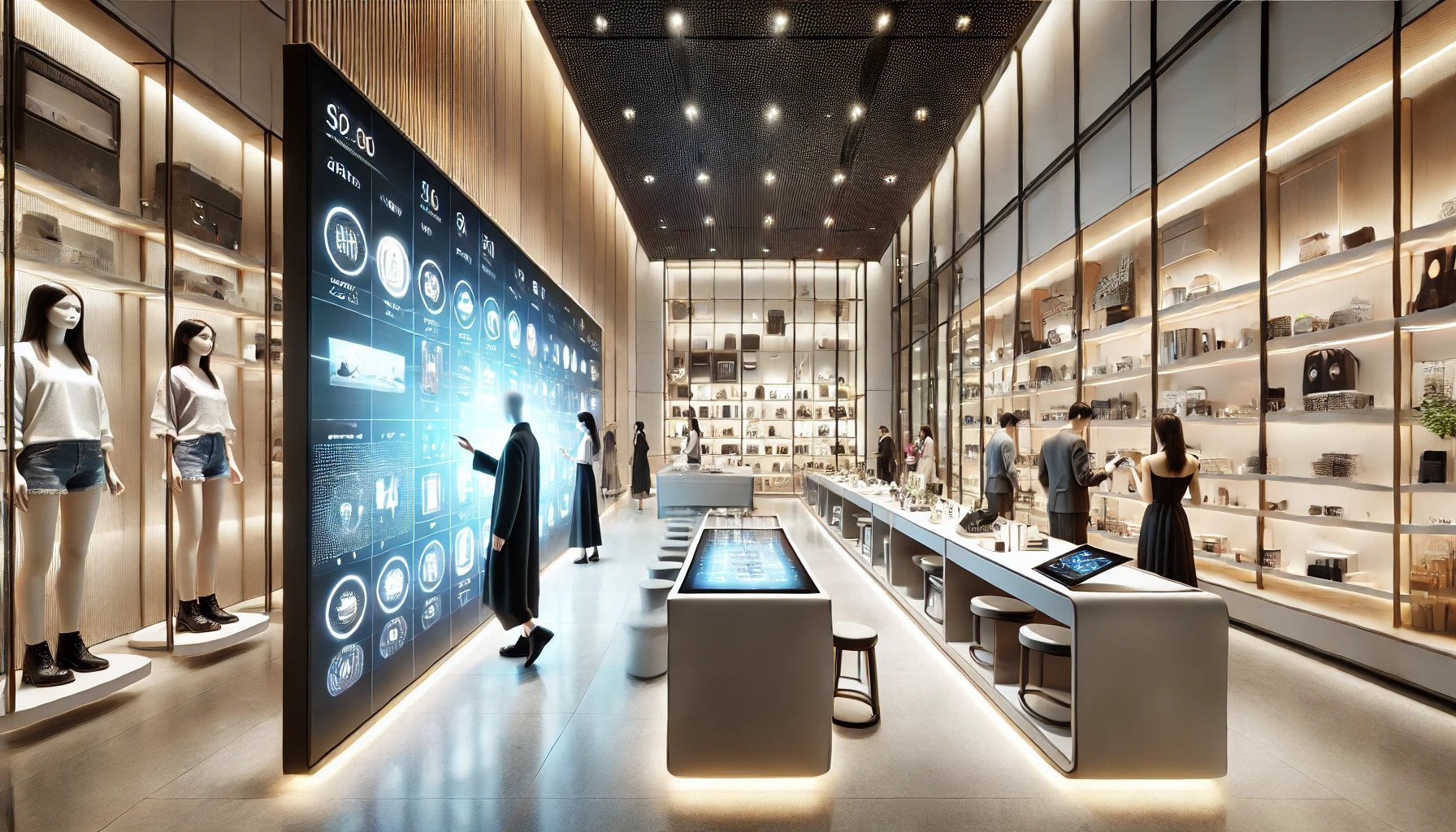
 Sign up for our newsletter and be the first to receive our articles!
Sign up for our newsletter and be the first to receive our articles!
